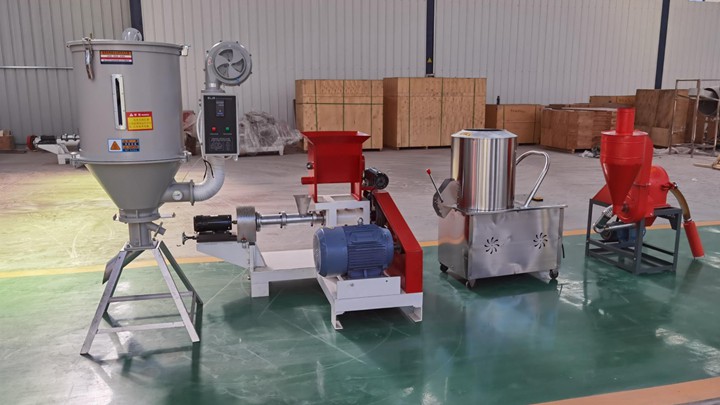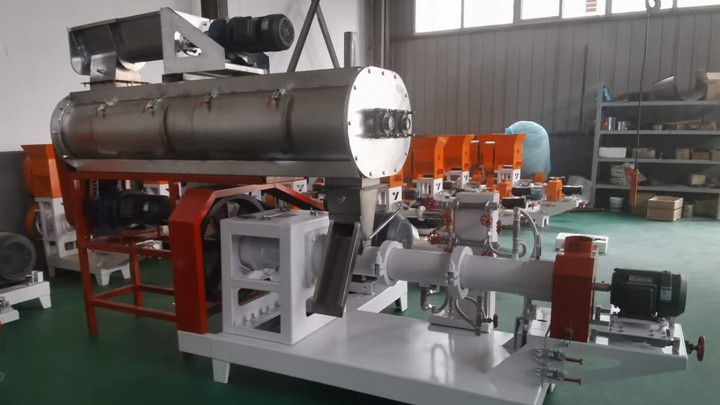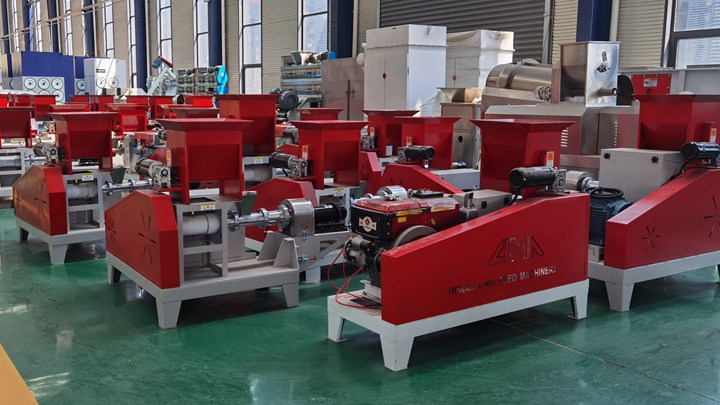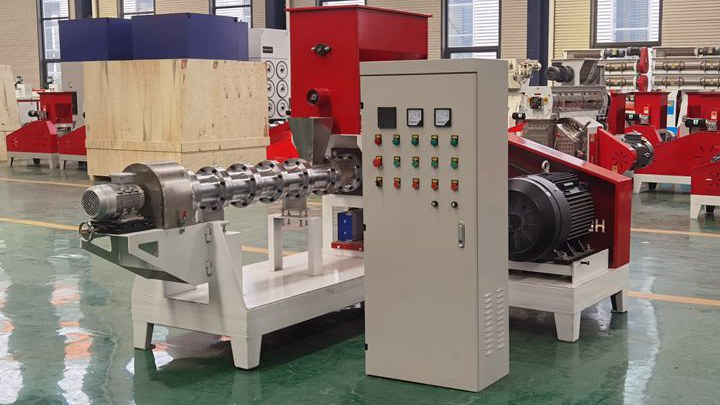
PREPARATION OF FISH FEED • Tanks and raceways: both of them are intensive aquaculture systems. You can stock your fishes in high density (it starts from 20 kg/m3 and goes 80 kg/m3 with liquid oxygen support). • In tanks and raceways feeding is under control of fish farmer; so there is no available live food was consumed by fish.

The production of high-quality aquatic feeds depends on three interrelated steps: the accurate definition of nutrition requirements of the target animal, selection of quality ingredients, and use of appropriate manufacturing methods. The interrelated nature of these steps is especially evident in the case of ingredient selection. Quality ingredient See full list on globalseafood.org Ingredients that are sources of protein can be of animal or plant origin. Those from animal origin can be further divided into marine animal proteins (fish meal, squid meal, etc.) or land animal proteins (meat and bone meal, blood meal, etc.). The animal protein most commonly used in aquatic feeds is fishmeal. The quality of fishmeal principally de... See full list on globalseafood.org Although proteins can serve as a source of energy in aquatic feeds, nutritionists strive to spare the use of protein by providing less-expensive sources of energy in the forms of fats and carbohydrates. Fats include animal fat, fish oil, and vegetable oil, which also serves as a source of essential fatty acids. Typical carbohydrate sources include ... See full list on globalseafood.org Certain nutritive ingredients have distinct binding properties that improve pellet hardness, durability, and water stability. The major types of nutritive binders are starches and native proteins. Starches are the major carbohydrates within grains such as corn, wheat and rice. Proper hydration and cooking procedures (gelatinization) release long, b... See full list on globalseafood.org The most important ingredient interaction is between protein and starch. For example, wheat flour protein and its starchy carbohydrate portion interact to form a matrix. When swollen and gelatinized, the starch acts as an anchor point to facilitate the formation of the gluten fibrils. In the case of aquatic feeds, this interaction is important in t... See full list on globalseafood.org A uniform feed is one that is consistent in nutritional value and physical characteristics, including pellet durability, density, and water stability. Feed uniformity starts with quality raw materials. Therefore, ingredients must be purchased based on such standards as digestible nutrient composition, protein solubility, gluten content, starch cont... See full list on globalseafood.org Selection of appropriate ingredients is crucial for production of a high-quality aquatic feed. Excessive drying temperature can diminish the digestibility of protein ingredients. Amino acid deficiencies can be avoided through blending of complementary proteins. Fats and carbohydrates are the principal energy sources. Pellet integrity can be achieve... See full list on globalseafood.org

Sep 1, 2022 · Two critical components of sustainable fish feed are feed efficiency and feed ingredients, as feed can provide the best health and performance for fish [7]. Feed efficiency is an important indicator, as high-quality feed and effective fisheries management can reduce the amount of feed used and result in better fish growth from less feed

Nov 1, 2006 · Physical characteristics of the ingredient: color, particle size, odor, bulk density, and test weight standards. Packaging, handling, and storage requirements. Guaranteed analysis requirements that provide date, lot, and nutrient profile.
.jpg)
Feed Formula. Shrimp (Penaeus monodon) Quality standard for formulated shrimp feeds (28TCN 102: 2004)
.jpg)
It describes quality of available feed ingredients and formulated feeds for different types and age groups of fish and shrimp, requirement for manufacturing and storing of feeds and laws and regulation for controlling aquaculture feed quality.
.jpg)
Jan 1, 2015 · Several spot or quick test can be used to detect quality and adulteration for fish meal, rice bran, oil, animal by-products, phosphate source and corn co products as commonly used for feeding aqua.